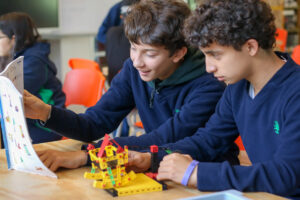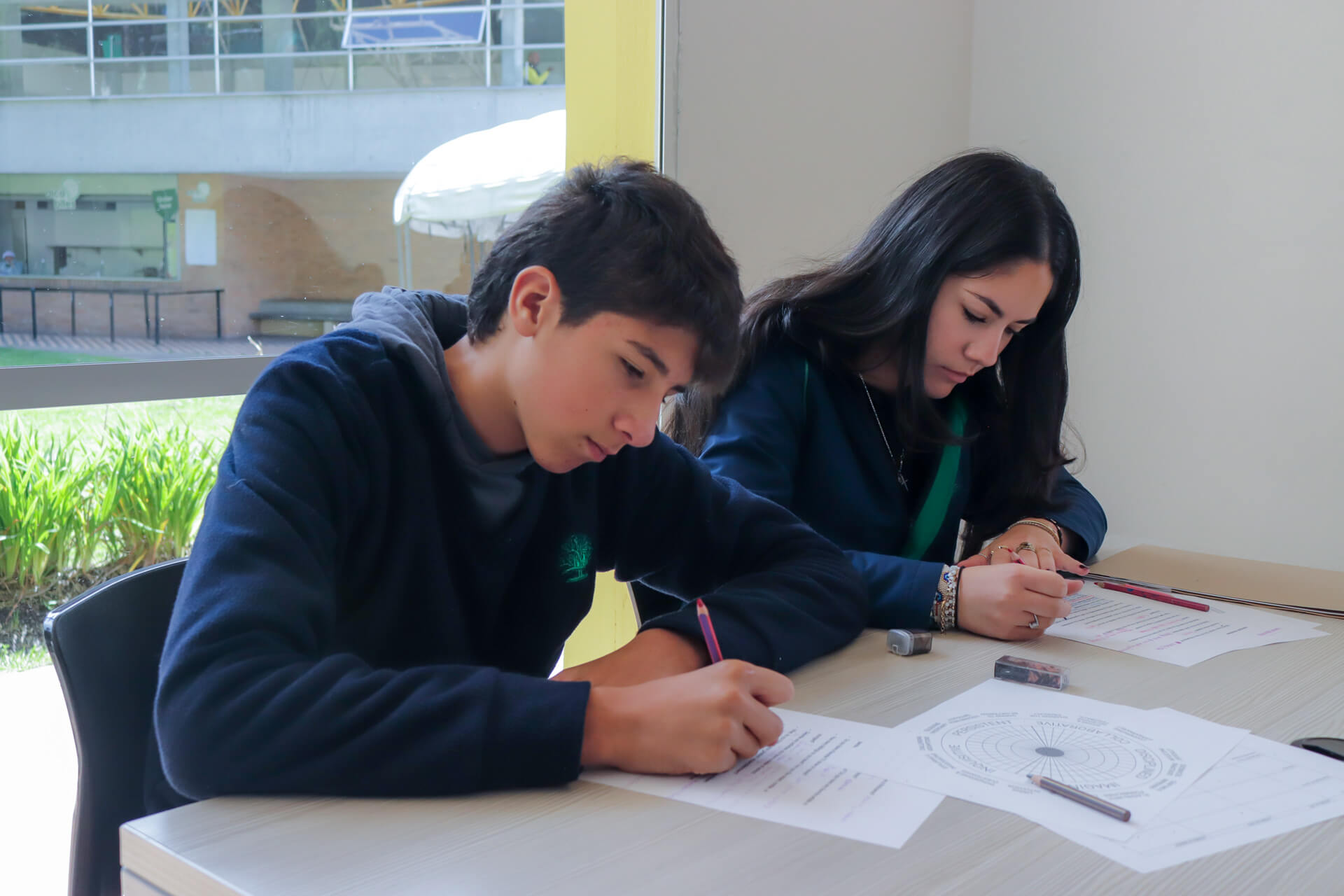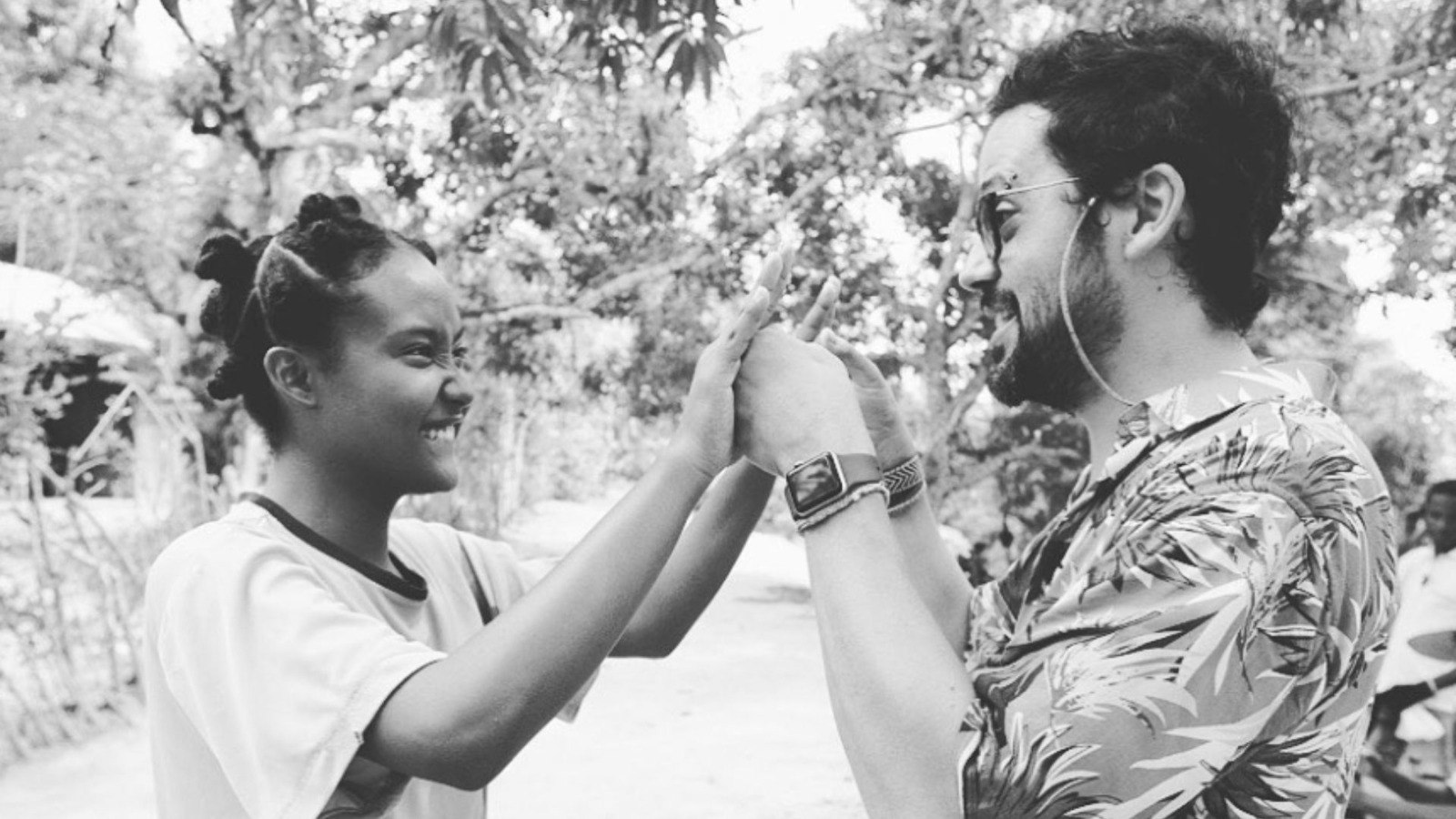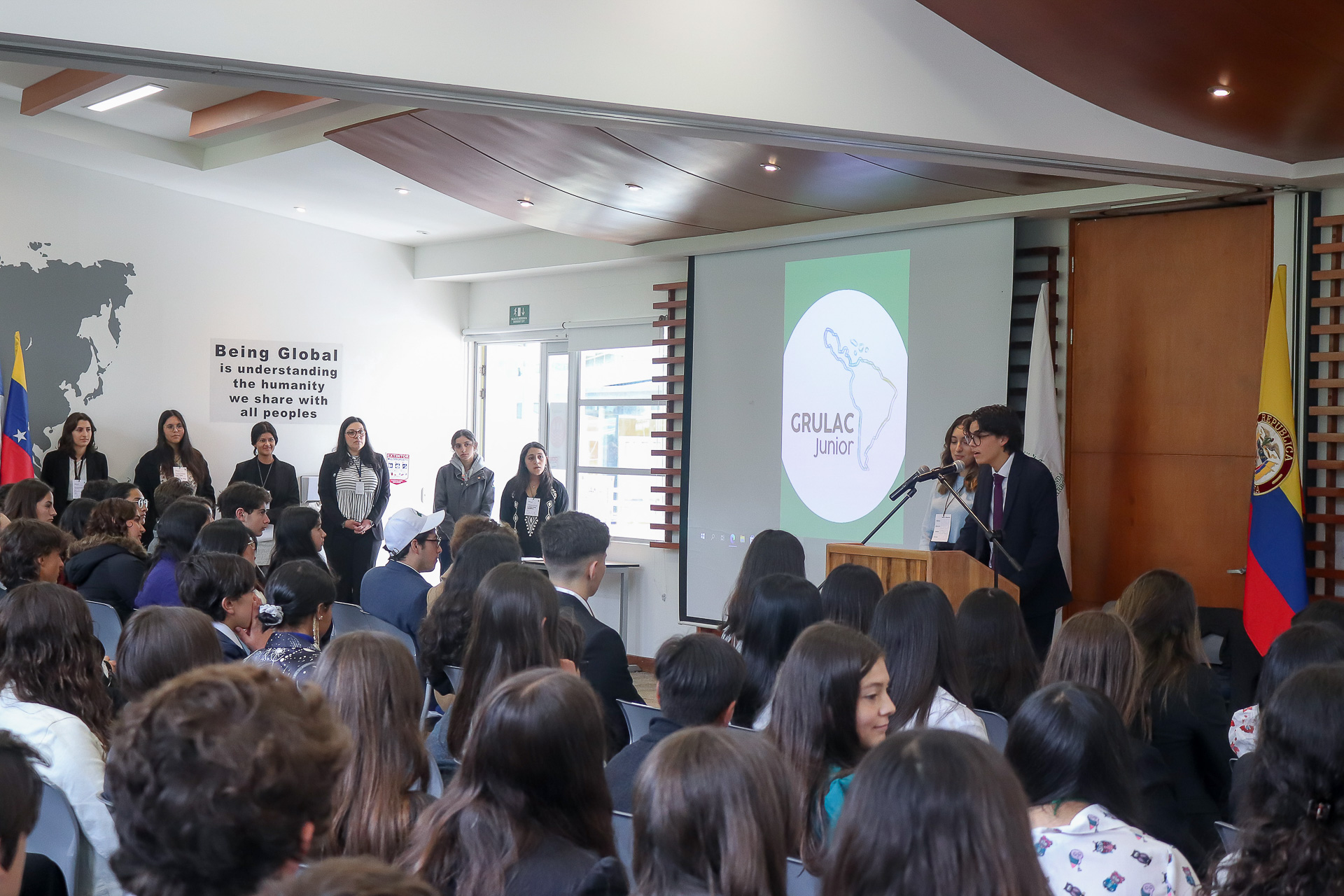CATEGORÍAS
Four keys to building peace in the classroom
These are four keys to building peace in the classroom
Currently, the increase of violence in the world is a worrying phenomenon and, according to UNHCR, the UN Refugee Agency, events such as the war in Ukraine, the conflicts in Sudan, the prolonged humanitarian crisis in Afghanistan, among others, have resulted in the number of people displaced by violence rising to more than 114 million by 2023.
This context in today’s world reflects the need to adopt effective measures to counteract violence in all its manifestations, mobilizing society for substantial change.
For this reason, next January 30 is the School Day of Nonviolence, a date to promote an environment conducive to learning and peaceful coexistence, reflecting on how we can contribute individually and collectively to the construction of a more just, equitable and violence-free world, starting from the classroom and extending to society.

How to create safe environments in classrooms?
In the framework of this world day, educators from Colegio Hacienda Los Alcaparros shared four keys that educational institutions should take into account to create safe environments for their students and form citizens who build peace in their daily lives:
- Educate in the feeling of co-responsibility: recognizing ourselves as relational beings with awareness about what happens around us, accounting for the ways we live with others.
For example, understanding that the recognition of differences is part of everyday life and that there are talents, tastes and ways of interpreting things differently, this is a fundamental part of coexistence and when students understand this, a peaceful transformation of conflicts is achieved.
2. Appropriating daily caring experiences: there are caring actions where through the recognition of the emotions of others, students can identify that something is wrong and support that person at that moment, for example in case a classmate is having problems to solve an academic challenge. Encouraging this type of action is one of the keys to living in peace with those around us.
3. Recognize the personal resources of each student: promoting activities where students recognize and express their own fears, conflicts, strengths and abilities humanizes them in front of others, shows them to be more empathetic and also awakens empathy in others.
At the same time, it allows them to recognize how they can use these personal resources to contribute to their environment and contribute to a healthier coexistence.
4. Identify close experiences of conflict to solve them: developing exercises through cartoons or other resources in which students reflect a moment of conflict that is affecting their coexistence within the school is a fundamental tool to identify these situations.
From there, possible solutions can be worked on, prioritizing the construction of peace and the contribution that the student can make from the self.
“Nowadays, it is of vital importance that schools encourage children to care for each other. At Colegio Hacienda Los Alcaparros we have created the Kiwi project, a program that goes from Kinder Four to Eleventh grade in which children learn to be together in their classrooms, understanding that being with each other, respecting each other and recognizing each other’s dignity is the starting point for coexistence, life for peace and harmony,” added Rosita Caro, director of Colegio Hacienda Los Alcaparros.
Finally, rediscovering the possibility of living with one another in the classroom will continue to be one of the first steps in building a coexistence that makes peace in the world possible.















